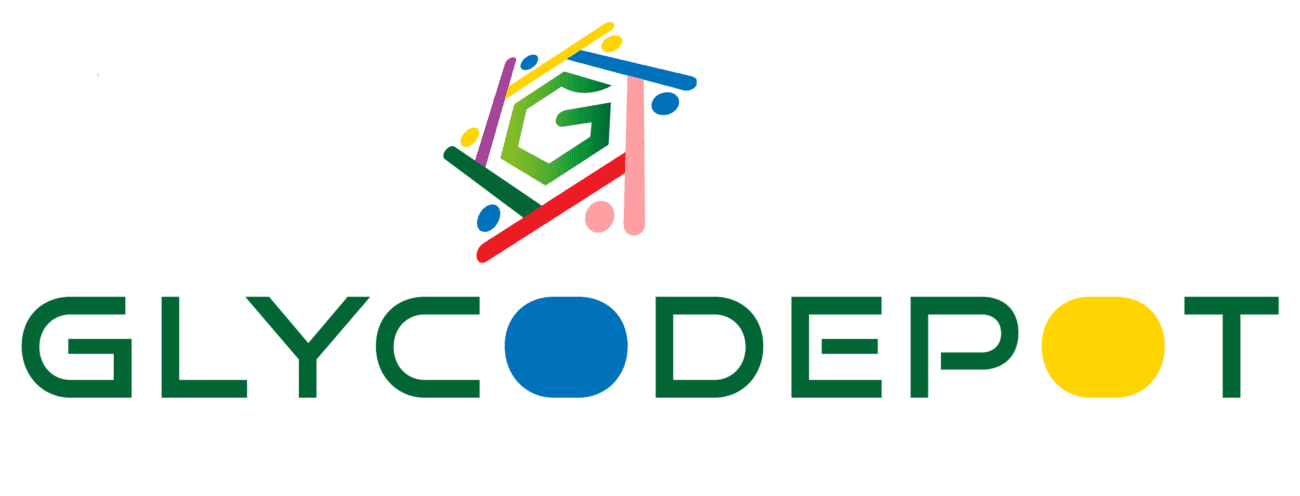dTDP-D-Glc (dTDP-D-glucose) is a nucleotide sugar composed of thymidine diphosphate (dTDP) and D-glucose. It is a key intermediate in the biosynthesis of glycans and glycoconjugates, particularly in prokaryotes. This molecule acts as a glucose donor in glycosylation reactions, contributing to the synthesis of complex carbohydrates that are essential for the structure and function of various biological molecules.
Structure & Properties:
- Molecular Weight (MW): Approximately 564 g/mol (depending on the specific form and substitutions)
- Chemical Formula: C16H26N2O16P2
- Synonyms: dTDP-D-glucose, thymidine diphospho-D-glucose
- Functional Groups: It consists of a D-glucose molecule linked to a thymidine diphosphate (dTDP) moiety, allowing it to serve as a sugar donor in enzymatic reactions.
Biological Role:
- Biosynthesis Pathway: dTDP-D-glucose is synthesized from glucose-1-phosphate and dTDP through the action of enzymes such as glucose-1-phosphate thymidylyltransferase. This nucleotide sugar is utilized in various biosynthetic pathways for the construction of glycan structures.
- Function: dTDP-D-glucose donates its glucose moiety in glycosylation reactions, contributing to the assembly of bacterial cell walls, surface polysaccharides, and other glycan-containing structures.
Applications:
- Bacterial Glycobiology: dTDP-D-glucose plays a critical role in the biosynthesis of bacterial glycans, such as lipopolysaccharides (LPS) and capsular polysaccharides, which are important for bacterial virulence, biofilm formation, and immune evasion.
- Synthetic Biology: In synthetic biology, dTDP-D-glucose is used to create engineered glycan structures, helping researchers understand glycosylation mechanisms and enabling the design of novel glycoconjugates for research and therapeutic purposes.
Significance in Research:
- Pathogen Glycan Diversity: dTDP-D-glucose is involved in the biosynthesis of diverse bacterial glycans, which are critical for host-pathogen interactions and bacterial survival.
- Therapeutic Targeting: Targeting the enzymes that synthesize or utilize dTDP-D-glucose could provide a means to disrupt bacterial glycan biosynthesis, making it a potential target for the development of new antibacterial therapies.
Key Roles:
- Cell Wall and Lipopolysaccharide (LPS) Biosynthesis: dTDP-D-glucose is a building block for the biosynthesis of bacterial cell wall components, including peptidoglycan and LPS, which are essential for bacterial structure and function.
- Polysaccharides: It is also involved in the production of exopolysaccharides that contribute to biofilm formation and bacterial protection in various environments.
Storage and Stability:
- Storage: dTDP-D-glucose should be stored at -20°C in a dry, light-protected environment to maintain its stability.
- Stability: The compound is stable under these conditions but may degrade when exposed to moisture, heat, or light.
Research Applications:
- Glycan Engineering: dTDP-D-glucose is used in glycobiology research to synthesize novel glycans through in vitro and in vivo enzymatic or metabolic engineering approaches.
- Drug Development: Understanding the role of dTDP-D-glucose in bacterial glycosylation pathways can inform the development of drugs aimed at disrupting bacterial cell wall synthesis or glycan assembly.
Potential Impact:
- Antibacterial Strategies: Inhibiting the biosynthesis of dTDP-D-glucose or its incorporation into bacterial glycans could weaken bacterial defense mechanisms and reduce virulence.
- Synthetic Glycans: dTDP-D-glucose can be used in the design of synthetic glycans for therapeutic or diagnostic applications, particularly in the study of bacterial pathogens.
Key Research Areas:
- Bacterial Virulence and Immune Evasion: dTDP-D-glucose is a critical component of the glycan biosynthesis pathways that allow bacteria to evade the host immune system.
- Enzyme Inhibition: Research into the enzymes that generate dTDP-D-glucose could lead to the development of inhibitors that prevent the formation of essential bacterial glycans, offering a new approach to combat bacterial infections.
Conclusion: dTDP-D-Glc (dTDP-D-glucose) is a vital nucleotide sugar in bacterial glycan biosynthesis. Its involvement in bacterial virulence and immune evasion makes it a significant target for antibacterial research and therapeutic development. Furthermore, it is a valuable tool in synthetic biology for creating novel glycan structures for research and potential clinical applications.

Reviews
There are no reviews yet.